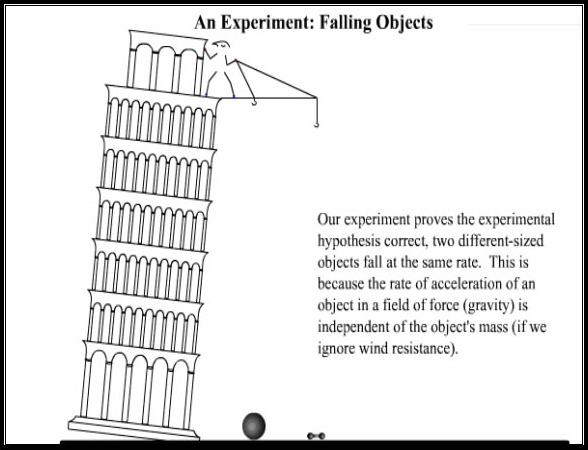Science Department
Science is a systematic enterprise that builds and organizes knowledge in the form of testable explanations and predictions about the universe.
The Contemporary Practices in Learning
- I hear and I forget.
- I see and I believe.
- I do and I understand." - Confucius
DIFFERENT APPROACHES AND PROCESSES WE ADOPT IN OUR SCHOOL FOR EFFECTIVE TEACHING OF SCIENCE:
1. Multimedia Learning Process Through ICT
Multimedia, is the combination of various digital media types such as text,images, audio and video, into an integrated multi-sensory interactive application or presentation to convey information to an audience. The teacher uses multimedia to modify the contents of the material. It will help the teacher to represent in a more meaningful way, using different media elements. These media elements can be converted into digital form, modified and customized for the final presentation. By incorporating digital media elements into the project, the students are able to learn better since they use multiple sensory modalities, which would make them more motivated to pay more attention to the information presented and retain the information better.
2. Mind Mapping
The key notion behind mind mapping is that we learn and remember more effectively by using the full range of visual and sensory tools at our disposal. Pictures, music, color, even touch and smell play a part in our learning armory will help to recollect information for long time. The key is to build up mind maps that make the most of these things building on our own creativity, thinking and cross linking between ideas that exist in our own minds. The nonlinear nature of mind maps makes it easy to link and cross-reference different elements of the map. Mind Maps are also very quick to review, as it is easy to refresh information in your mind just by glancing once. Mind Maps can also be effective mnemonics and remembering their shape and structure can provide the cues necessary to remember the information within it. They engage much more of the brain in the process of assimilating and connecting facts than conventional notes.
3. Humour an Effective Medium of Teaching
Everyone loves a teacher with an infectious sense of humor. Looking at the lighter side of life not only fosters cordial relations between teacher and students, but also provides welcome relief while trying to follow a difficult lecture on a complicated subject. When there is a willingness to change, there is hope for progress in any field. Teaching is a challenge. Learning is a challenge. Combining both effectively is a challenge. Being humorous is a challenge. However, laughing is easy. We are convinced both by experience and research that using humour in teaching is a very effective tool for both the teacher and student. Humor has the ability to relax people, reduce tension, and thereby create an atmosphere conducive for learning and communication.
4. Z To A Approach
This approach attempts to explain the application part of a particular concept first. The teacher should explain the application of a particular concept first and explain the effects of such applications.
Strengths: a) Makes a particular concept clear b) Students develop interest to know exactly the concept. c) Creates long lasting memory/correlation of a concept.

The above chart explains the application of that Gallileo's theorm. Here the teacher explains how two objects reach the ground if they are put from a particular distance from ground level.
5. Mnemonics Words - Words - Words Approach
Here the teacher is not supposed to talk on a particular concept for a quite long time. But to make it clear to the students he can just go on saying mnemonics or its associated meaning in words. Here he goes on saying only words instead of sentence, and once they come to a basic understanding of the meaning of a particular concept then the teacher will explain in sentences.
6. Role Playing and Scenario Analysis Based Teaching
Science and engineering courses have practical but in support of those practical if students are given a scenario and other options to solve a particular issue, then the students are exposed to decision making in a given environment.

